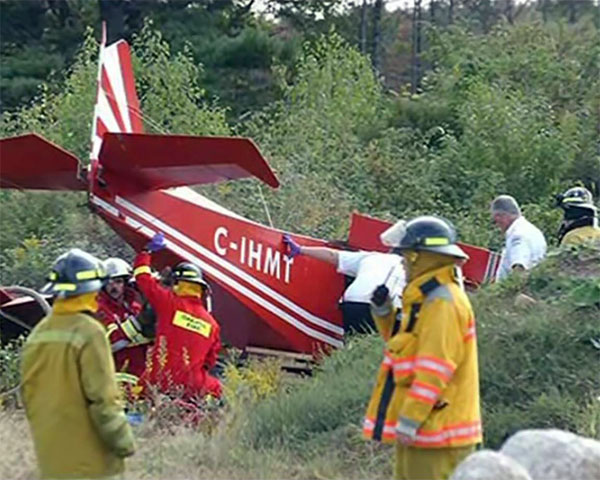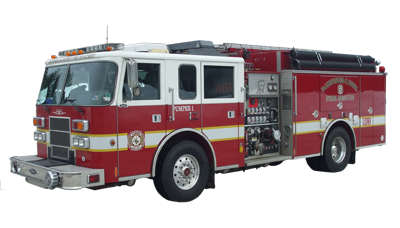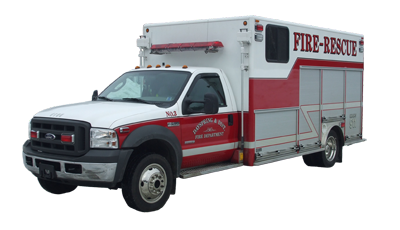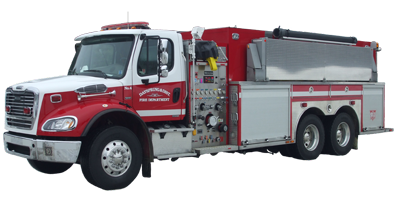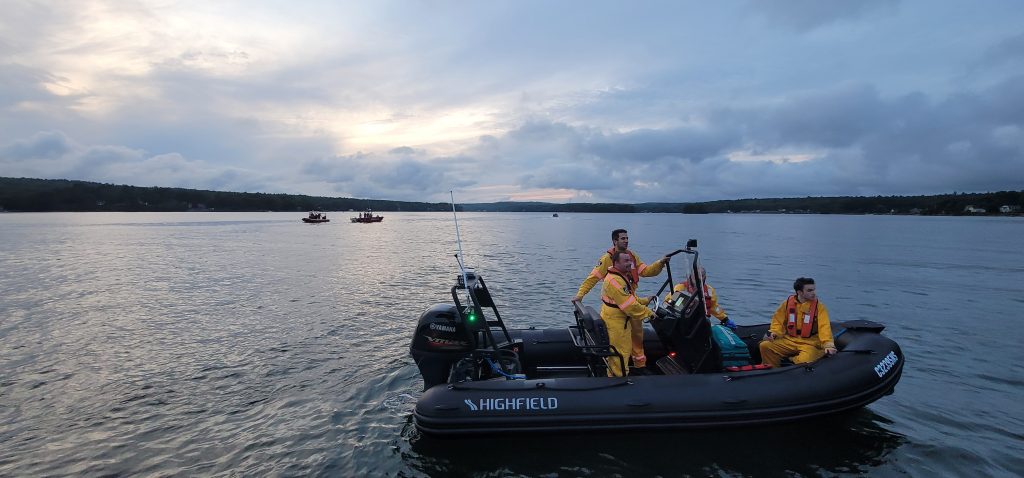- 13177 Hwy 3 Upper LaHave, Nova Scotia, Canada
- On call everyday 24 Hours
Chief: Mark Feener
Deputy Chief: Dean Schmeisser
Assistant Deputy Chief: Nathan Schmeisser
Captain #1: Doug St. Laurent
Captain #2: Cody Mosher
Captain #3: Frank Corkum
Captain #4: Nick Whynot

Back Row (L to R): Captain Doug St. Laurent, Captain Frank Corkum, Captain Nick Whynot and Captain Cody Mosher
Front Row (L to R): Deputy Chief Dean Schmeisser, Chief Mark Feener and Assistant Deputy Chief Nathan Schmeisser
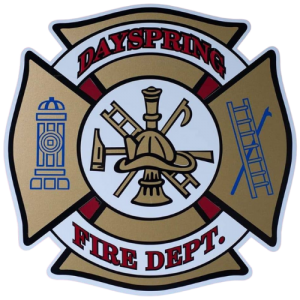
Earl Conrad, Chair
Terry Porter
Mary-Jane Davison
Wilfred Feener
Ben Floyd
Trudy Snyder
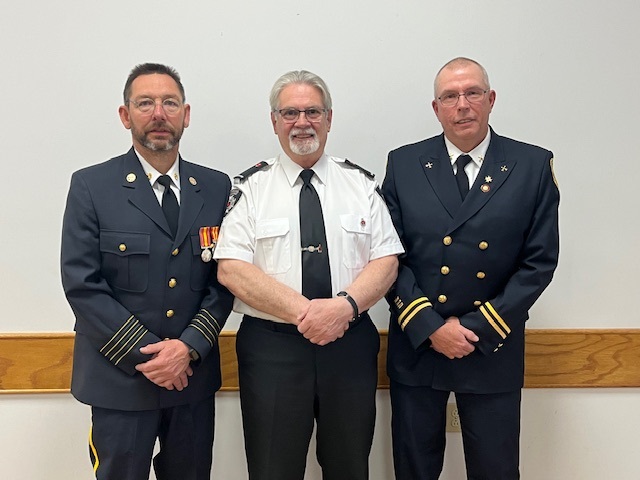
Left to Right:
Dean Schmeisser, Vice President
Peter Simpson, President
Doug St. Laurent, Secretary
1. Paragraph 36 of the Reference outlines the powers of the Commission. It reads “The commissioners are authorized and empowered to provide for the inhabitants of the district a good and sufficient system of fire protection, to organize fire fighting companies, to appoint and engage officers and servants, to acquire, hold and sell real and personal property, to make any contract or contracts required for the performance of their powers, and generally to do all such things and exercise all such powers as are necessary or incidental to the carrying out of the purposes of this Act. R.S., c. 406, s. 36; 1998, c. 18, s. 578.”
2. The Commission is responsible for the provision of fire protection within its District and the funding of this service through setting the tax rate and borrowing funds as it sees fit. The Fire Department performs the day to day activities required for the provision of fire services, maintains the current infrastructure and equipment, and plans for the future. The Commission works with the Department to ensure that the needs of the ratepayers of the District are met with the best possible use of the resources available.
3. Commissioners are elected at the Annual Ratepayers Meeting and hold office for three years.
4. Following the Annual Ratepayers Meeting the Commissioners elect from their number a Chairperson, Vice Chairperson, Secretary, and Treasurer.
5. The Commission meets with the Fire Department quarterly and as required to handle situations as they arise. Commissioners are encouraged to become familiar with the workings of the Department in order to make informed decisions
From 1966 to today
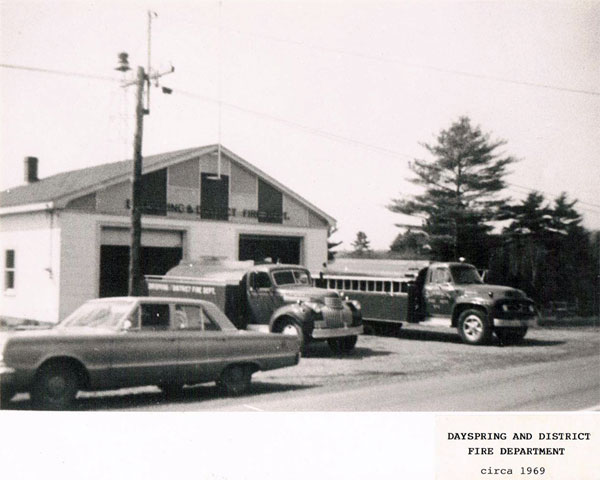
Dayspring and District Fire Department 1969
To understand and appreciate the current fire department, one must look to the past to examine the determination and dedication of the men and women who volunteered many hours of building and fund raising to bring this organization to what it stands for today. From the early community meetings in the spring of 1966 came the understanding and agreement that the residents could not depend on others from outside the community to respond to their emergency needs in a timely fashion.
The meeting of March 23,1966 was highlighted by comments from various organizations including representatives from the office of the Director of the Emergency Measures Organization of Lunenburg County and also from the Department of Lands and Forest. They provided detail to the 95 people in attendance that outside support would be available once a fire company was established. This assistance would come in the form of equipment, grants and loans, and the backing of other larger departments through a mutual aid agreement.
Details from the minutes of the meeting dated April 4, 1966 indicated the formation of various committees along with the election of the first Chief, Deputy Chief and Secretary – Treasurer. Also noted and a very important step forward was the confirmation and show of appreciation of various donations including land, a vehicle and water tank and a temporary building to store equipment… the Dayspring and District Fire Department was born and shortly incorporated thereafter on July 7, 1967.
It then rested with the various committees and volunteers to construct a building and raise money to buy the much needed equipment. Many long hours of labour, even after the regular duties of the day and week were completed. Families, friends and neighbors worked side by side late into the day to stand the walls that would eventually serve the community needs for generations to come.
Fund raising efforts of the day for the various volunteer organizations throughout the county were much the same. They included suppers, bingos, garden parties and dances and this department was no different, hosting events first in off-site facilities and then in the bays of the newly constructed fire hall and later in the new hall and
kitchen area. These efforts provided not only needed funds to supply necessary equipment but also a chance to showcase the accomplishments of the many volunteers and also to engage in community socializing with neighbours and friends.
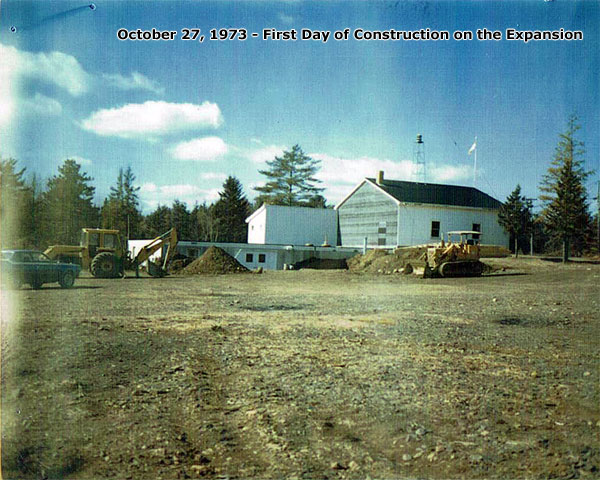
In early 1973, with fund raising and community involvement in high gear, construction began on the building addition consisting of a much needed hall and kitchen facilities.
A second project in 1983 included the construction of two additional truck bays. A third and final endeavor included the updates to hall, kitchen and heating plant along with the addition of expanded washrooms and office areas.
Members were also very proud to include the installation of several alternated energy devices including solar heating project which remains on display today for the general public to view.
Through the efforts of many volunteers and members of the community, funds and donations were also made available to purchase much needed vehicles and equipment. One of the more costly requirements of today’s fire departments remains the purchase and upkeep of vehicles and the efforts to stay within suggested safety standards with proper equipment and training. Some of the more significant purchases over the years would include the purchase of approved breathing apparatus in 1988, updated bunker gear in 1991 and the items to support our ice and water rescue programs in 2000.
The fund raising efforts of members and community volunteers was very time consuming and over the years found a smaller group of people ready and able to participate. Many similar volunteer organizations felt similar pressures as work and family obligations took more and more of the precious free and available time in a day.
In response to the challenges of raising necessary funds required maintain day to day operations of the department, a fire tax was introduced In the spring of 1990. This new and somewhat controversial way of collecting much needed funds was introduced to eliminate the community canvassing of households and allow members to focus more time on training and the development of skills within the department. This tax remains in effect today and paired with personal donations and grants, constitutes the majority of income collected by the department.
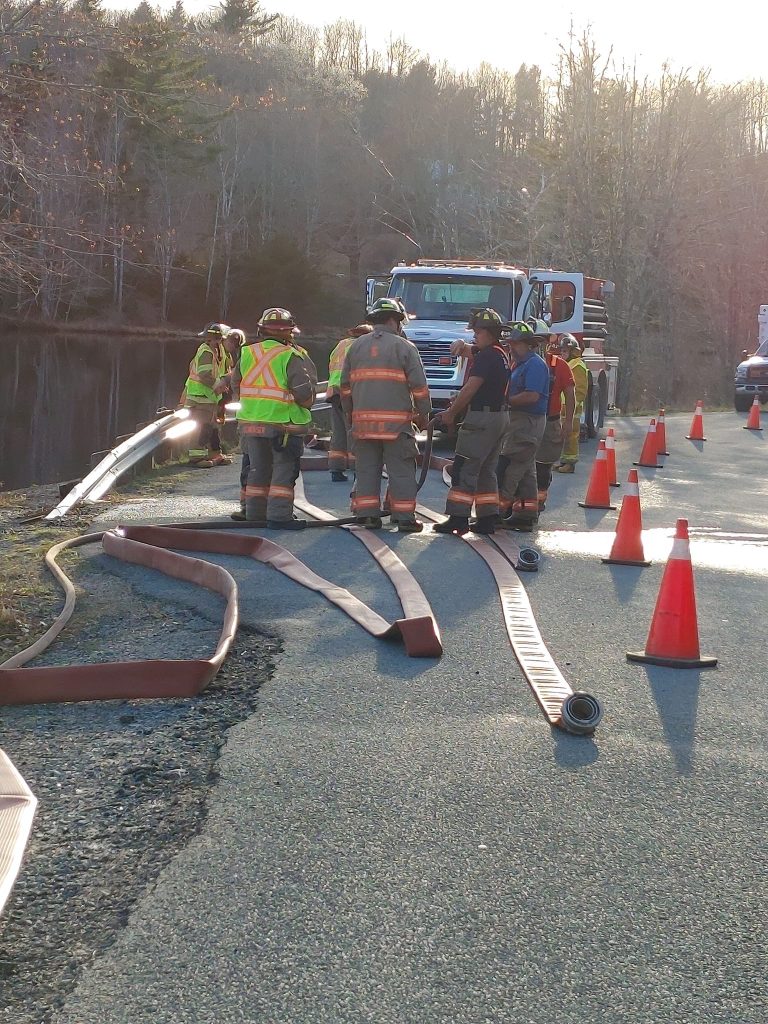
Today’s DDFD is a family of dedicated volunteers supporting the community seven days a week, 24 hours a day.
The department responds on average to 75 to 100 calls a year ranging from fire and medical emergencies to pets in a tree, to MVAs and water rescue or maybe just an individual requiring a helping hand. We open the doors to social events like our hearty Saturday morning breakfast or a country music hoedown, to a family wedding or a community fund raiser for someone in need.
We are Not Just a Fire Department
With continued support and help from the members of the community we will meet the needs of the residents we serve for years to come. The organization is always looking for new emergency and non-emergency volunteers to assist with this challenge.
Training in the fire service is an ongoing adventure in learning. There are continuous changes in building materials and designs that make the job of a firefighter more challenging and dangerous. There are more and more vehicles on the roads made with new materials and new engineering designs as well as more trucks carrying new and dangerous chemicals. The one constant seems to be the “neighbor helping neighbor” attitude of the firefighters.
They have actually even rescued a cat from a tree.
The DDFD members train and prepare for many types of emergencies, including, but not limited to the following.
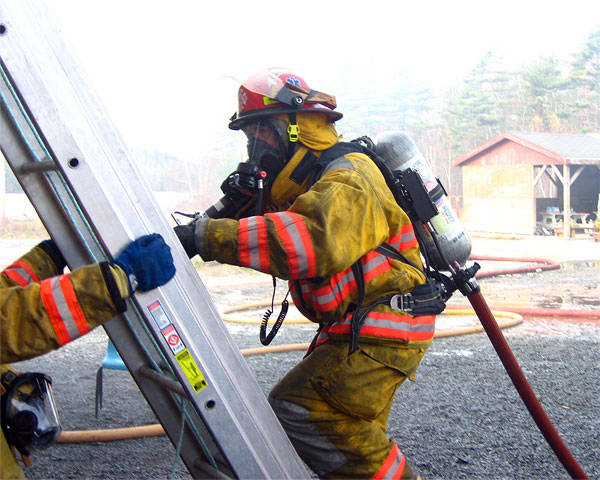
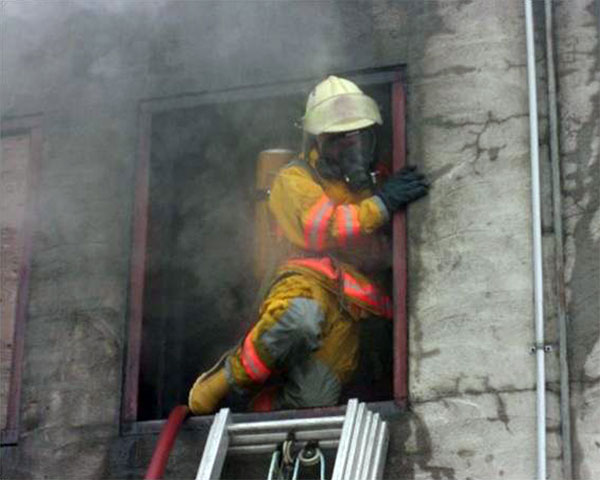
Emergency Health Services – Medical First Responders Home Page
https://www.invisiblefence.com/why-invisible-fence/project-breathe
Lifeflight Landing Zone Training

